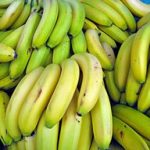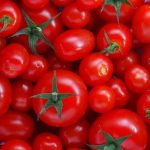Five unusual cheeses you might not want to try?
Cheese happens to be a diary food product that is truly savoured by countless people in many countries around the world. And, the different cheeses in those countries, make up an almost infinite variety, so that even those of us who consider ourselves true cheese lovers will probably never come anywhere close to sampling even a small percentage of all the world’s cheese variety. However, some cheeses are definitely an acquired taste. Here are five of the world’s more bizarre cheeses that you may, or may not, want to sample on your travels:
1. Casu Marzu (Italy)
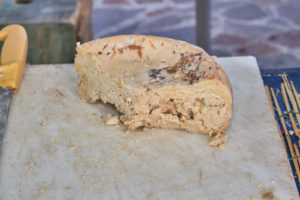
Casu Marzu is a cheese enjoyed only by a small select group of the population, even in its home of the Italian island of Sardinia. The name literally translates as ‘rotten cheese’; that’s because it contains live maggots.
Sardinian sheep farmers have made Pecorino Sardo for centuries, but sometimes it’s deliberately left to rot. At that point, larvae of the cheese fly (Piophila Casei) is introduced to the putrid mix. When the flies’ eggs hatch, the live maggots present in the cheese, begin to transform the taste and texture by breaking down its fats from the acid in their digestive system. That’s when the cheese becomes known as Casu Marzu.
It’s then consumed by locals with great relish, while the maggots are still alive, as it’s considered unsafe to eat if they are left to die. It would seem it’s down to personal preference whether you choose to eat the live maggots along with the cheese or brush them off. It apparently leaves a pleasant aftertaste that lasts for hours. World-renowned chef, Gordon Ramsay once remarked that it’s “the most dangerous cheese in the world.”
Because Casu Marzu contains live insects, there are no countries where it’s acceptable for import. So, should you fancy sampling this most bizarre of cheeses, you will need to make your way to Sardinia.
2. Milbenkase (Germany)
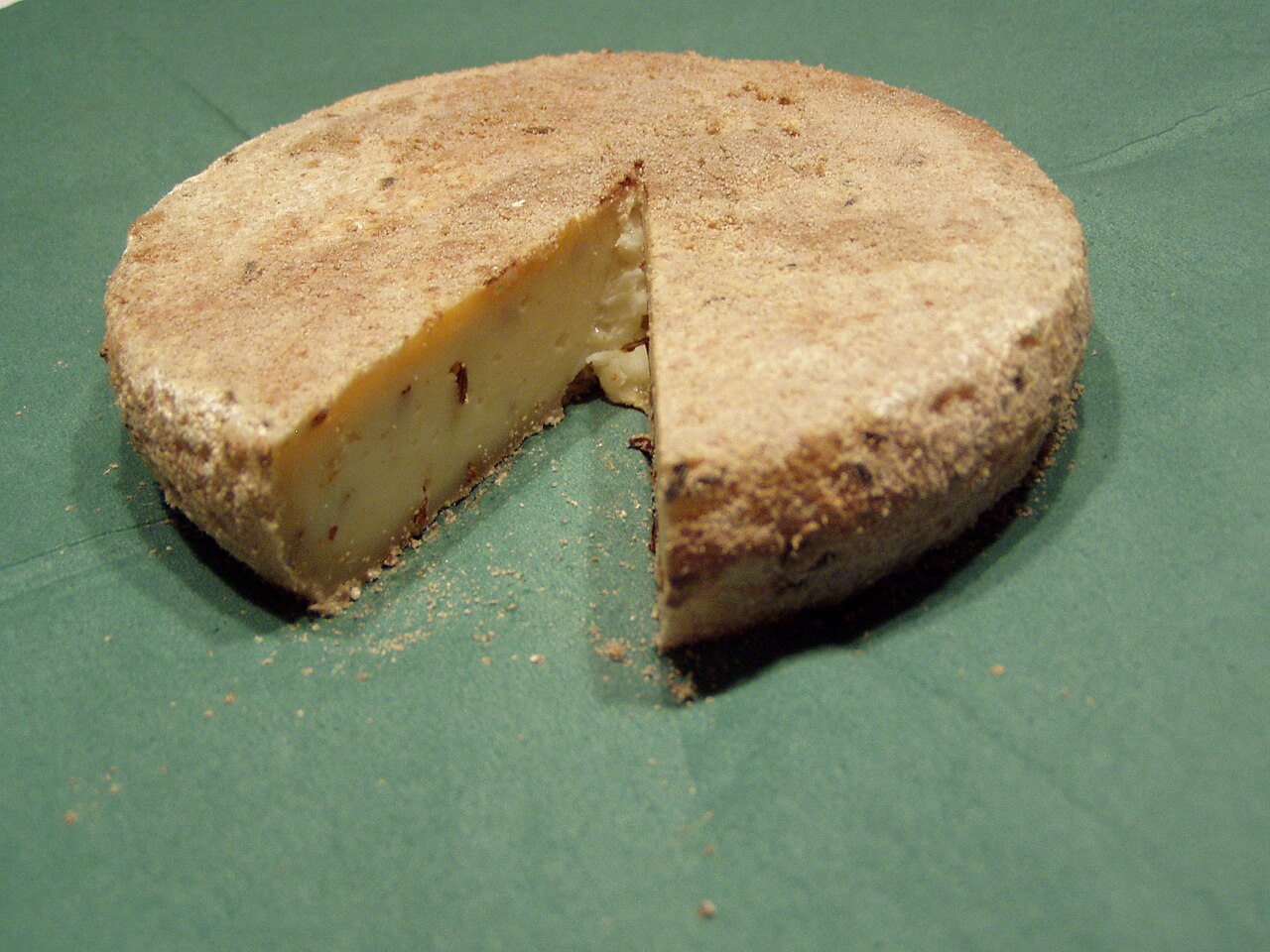
By Benutzer:Dundak at de.wikipedia – Ivo Bauer, CC BY-SA 3.0, Link
If live maggots in cheese are not to your taste, then how about dust mite excrement?
In the small village of Wurchwitz in Germany, they produce Milbenkase from quark, with dust mites being introduced to the cheese for a stint of several months to help with the ripening process. The mites excrete an enzyme that matures the cheese, turning it progressively darker in colour, i.e. from yellow, to red-brown, and then eventually black, which can take up to a year. When in its blackened state, the cheese is then eaten, mites and all. The cheese is said to have a bitter but zesty taste. There’s also a bonus for those who suffer house dust allergies, as it’s said that eating Milbenkase has a curative effect on the condition.
Should you fancy trying cheese with mite dung then it’s probably best to head to Wurchwitz, where Milbenkase is considered a great delicacy. And, with the locals being extremely proud of their cheese, there’s also a good chance that you’ll find some free samples
3. Airag cheese (Central Asia)
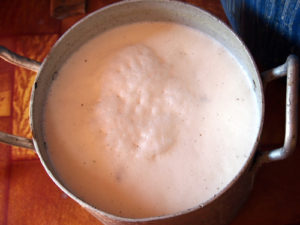
If a little insect excrement in your cheese is a bit off-putting, how about horse cheese?
Airag, ayrag or kumis is a fermented dairy product made from raw mare’s milk. It’s associated with those countries of Central Asia where the horse is still important to everyday life. Horse milk is a traditional mildly alcoholic drink for the people of the Central Asian Steppe. However, it has a sour taste, so it’s often used to make cheese.
Airag is made by fermenting raw unpasteurized mare’s milk over the course of a few days. Traditionally, the milk is poured into a horse-hide container called a ‘saba’, and needs regular agitation. During the fermentation process, bacteria acidifies the milk, and yeasts turns it into a carbonated and mildly alcoholic drink. To make cheese, the airag is then filtered through a muslin bag and pressed to drive out the water. The dried cheese is a popular snack out on the Steppe, softened by soaking it in tea or soup.
Airag is now being produced commercially from cow’s milk in some places. So, your best chance of sampling the genuine product is if you just happen to run into some charitable nomads in their yurt, while you’re out on the Steppe.
4. Pule (Serbia)
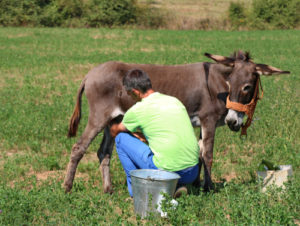
Another equine cheese, but this one might be a little pricey!
Pule is a rare cheese that is only made at the Zasavica Special Nature Reserve in Serbia. It’s made from the milk of a donkey, which contains 60 times more vitamin C than cow’s milk, so it’s deemed very healthy. However, donkeys only yield around 200 ml of milk per day, and it takes 25 litres of milk to produce just one kilogram of Pule. That makes the unique white, crumbly cheese the most expensive in the world, currently (2019) costing about $1,200 a kilo, or $575 a pound.
5. Epoisses de Bourgogne (France)
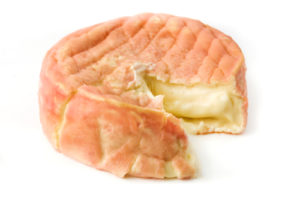
This cheese is cheap enough but maybe get you thrown off a bus in Paris. And, will you live to tell the tale?
This odious cow’s milk cheese is produced in the village Epoisses, in Burgundy, eastern France. It’s well known for being a particular favourite of Napoleon Bonaparte. It’s rinsed in Marc de Bourgogne brandy during the ageing process and rated as one of the world’s smelliest cheeses. The stench of the cheese is so potent that it has been banned from the Parisian public transport system under French law.
It has a characteristic reddish-orange rind and is often served with a spoon because of its creamy like texture. However, the innocuous-looking cheese is packed full of bacteria of the listeria group, making it one of the most potentially dangerous foods on earth. It has on occasions been held responsible for outbreaks of serious disease, with sometimes fatal consequences. However, once it’s suitable aged, which takes about 2 months, it should be safe to eat.
Have you enjoyed reading this article? If so, why not look up some of our other food features and menus in our Food & Drink section, by clicking on the provided link.
